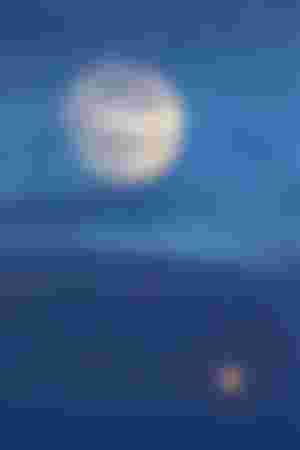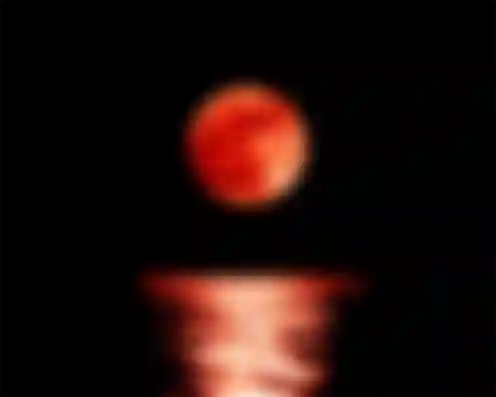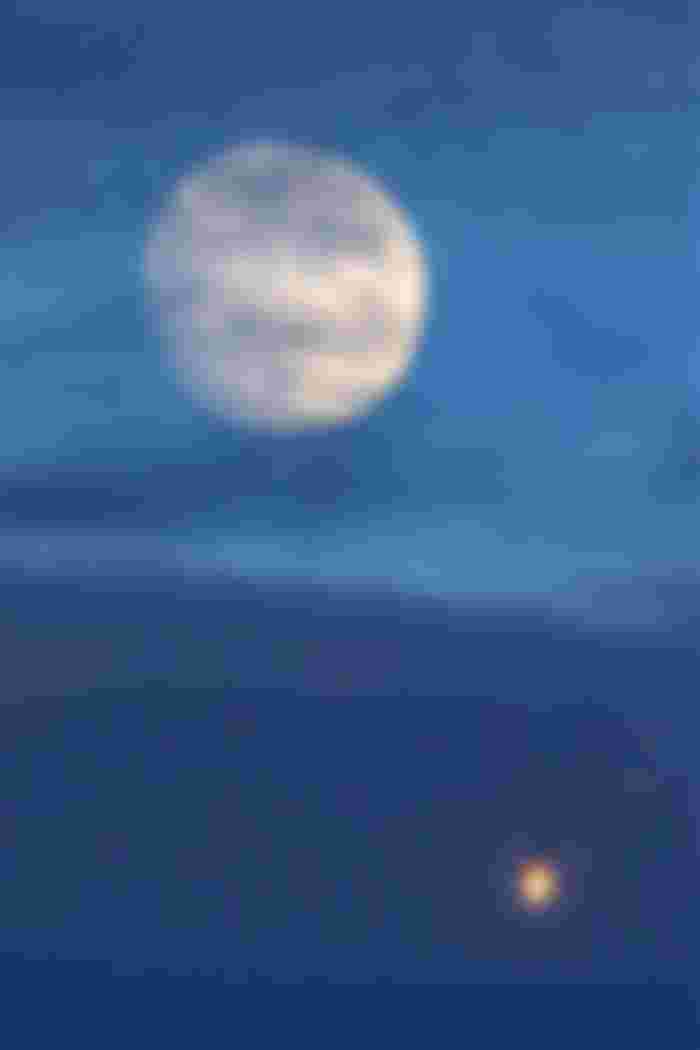The turning point in the development of theories about the origin and nature of this Earth satellite was marked by the work of two Russian scientists, Mikhail Vasin and Alexander Shcherbakov, which modern science refuses to accept, and which provides astonishingly good explanations for all existing dilemmas…
Ever since it was holy and eternal, the Moon has been where it is. More precisely, since when are there people who saw him in the sky every night, directed their eyes, fears and prayers at him. Fascination with the Moon has existed practically always, but the mysteries and dilemmas about its true nature have not been clarified to this day, despite all previous scientific achievements.

In the sixties of the last century, it seemed that the space program would finally solve all the dilemmas about this Earth's faithful companion. Scientists expected that the study of space would solve the unknowns not only about the Moon, but also about the origin of the Earth and our entire solar system. That, however, did not happen. All previous missions have not only failed to provide an answer to the centuries-old dilemmas about the Moon, but have also asked new, even more challenging questions.
The fact is that the study of rock and soil samples, geostatics, physical and chemical properties of the Moon has contributed to many new findings, however, they have all succeeded in only one thing: to create new dilemmas and open new questions.
One of the dilemmas, about which there is still no consensus among scientists, concerns the never-determined age of the Moon. By examining samples of rocks and soil from the Apollo mission, it was determined that their age dates back to a period of several billion years ago! Some of them are up to 4.5 billion years old, which is older than the Earth itself, and approximately the period of the formation of our solar system.

This knowledge in itself shook scientific circles and the hitherto ingrained opinion about the approximately equal age of the Earth and the Moon, and the theory that the Moon at some point separated from the Earth and became its satellite. This thesis was challenged not only by the dating of the samples of the Moon's rocks, but also by their structure, which, as it turned out, only slightly coincided with the chemical structure and composition of the Earth's soil.
An additional "blow" to science was dealt by the discovery of water on the Moon, more precisely in its interior. Previous theses about the Moon as a "dry" planet, without water and air, were confirmed after the first human visit to the Moon (1961). However, this opinion had to be changed very quickly. Namely, only two years later, measuring instruments and equipment left on the surface of the Moon for further research began to send some, at least, unexpected signals about strong eruptions of water vapor, which lasted more than 14 hours and were registered on an area of over 160 square meters. kilometers!

In the years that followed, such and similar findings followed one another, discovering something new each time, at the same time giving birth to new doubts. Why is the Moon's orbit exactly as it is, what force keeps it so close to the Earth, without being gravitational: why is the same side of the Moon always facing the Earth, whence on the surface of the Moon the remains of complex chemical compounds that do not exist in nature in that form? why the Moon is hollow… These and many other questions have presented new theories and explanations based on existing scientific postulates. All of them, however, missed the same thing. Proof!



great article